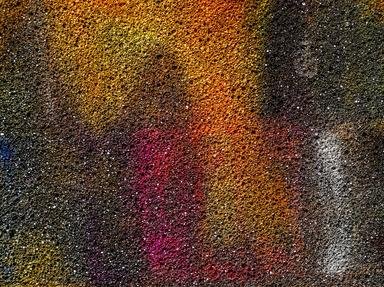Quiz Answer Key and Fun Facts
1. The French philosopher famous for the statement, "I think; Therefore, I am," tried to explain inner processes like day dreaming. He thought of them as a higher level of mental self-awareness. Who was this highly influential person?
2. In which part of the brain does a person daydream?
3. There is a very famous 1939 short story by James Thurber about an ordinary man from Connecticut with a secret daydreaming life. This character heroically faces challenges, such as being an unflappable assassin, a skilled surgeon or a Navy pilot on bombing missions. What is this man's name?
4. What is the name of the famous TV series starring a talking dog with a "big imagination"?
5. Which author of one of the most famous novels about creation gone wrong wrote of the formation of "Frankenstein" as something monstrous and also a daydream?
"When I placed my head upon my pillow, I did not sleep, nor could I be said to think... I saw -- with shut eyes, but acute mental vision...the pale student... kneeling beside the thing he had put together. I saw the hideous phantasm of a man stretched out...show signs of life, and stir with an uneasy, half-vital motion."
6. At sixteen years old what famous person imagined traveling with a light beam?
This man fell asleep and felt himself traveling on a sun ray to the edge of the universe. Then he imagined that he returned. His visual experience of motion would result later in a revolutionary theory of relativity.
7. What legendary Austrian prodigy wrote "All this inventing, this producing, takes place in a lively dream"?
8. What famous scientist used to sit in a chair and hold a heavy weight in one hand. He would then daydream. When he drifted off so that he dropped the weight which would then bang on the ground and rouse him. He would then write down what he had been dreaming about at that moment.
9. What amazing artist, painter of the Mona Lisa wrote that he knew "a new device for study" which was looking at walls and seeing in them endless numbers of "battles and peoples in action..an endless variety"?
He would visually imagine shapes in the walls and see a never-ending montage of people and scenes in them.
10. What esteemed writer of "Pudd'n'head Wilson" and "A Connecticut Yankee in King Arthur's Court" was such a day dreamer that he saw his child fall from a carriage outside and turn blue with cold?
He daydreamed so often that he wrote too of his his daughter falling and cutting her scalp when he once let go of her cart.
Source: Author
Windswept
This quiz was reviewed by FunTrivia editor
Exit10 before going online.
Any errors found in FunTrivia content are routinely corrected through our feedback system.
